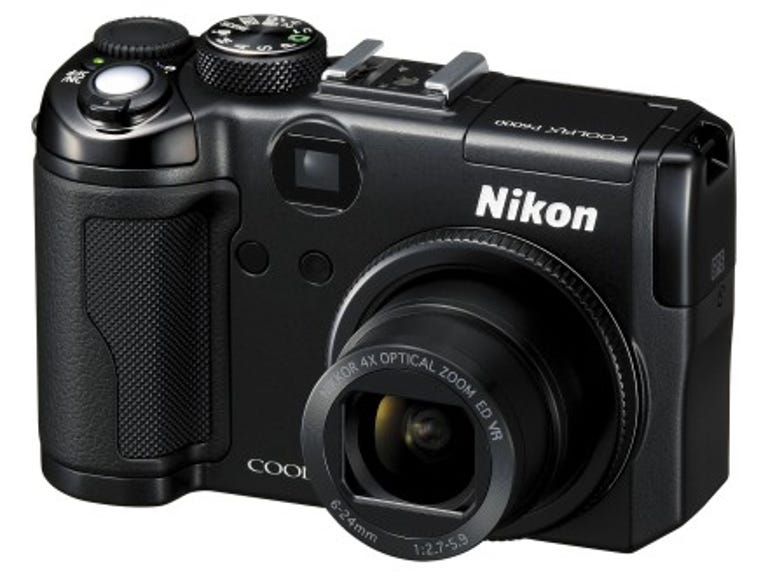 Why You Can Trust CNET
Why You Can Trust CNET Nikon Coolpix P6000 review: Nikon Coolpix P6000
Nikon's 13.5-megapixel P6000 looks so good on paper you might wonder whether you need a digital SLR at all. Its sensor matches the pixel count of any low-medium range dSLR, its 4x zoom is more than the average kit lens, it shoots raw files, has a full set of exposure modes and there's vibration reduction too
Digital SLRs may be the big sellers in the enthusiasts' market, but there's still a lot to be said for well-specified compacts. In fact, Nikon's £350 13.5-megapixel P6000 looks so good you might wonder whether you need a digital SLR at all. It even includes GPS and networking.
The Good
The Bad
The Bottom Line
Positives
So what are the reasons for buying a digital SLR? Resolution? The P6000's 13.5-megapixel sensor matches the pixel count of any low-medium range dSLR. A wideangle zoom? The Nikon's 4x zoom offers the equivalent of a 28-112mm, which is more than you get from the average dSLR's kit lens. How about the ability to shoot raw files? Yep, got that too. And finally, what about independent control over shutter speed and aperture? The P6000 has a full set of PASM exposure modes, just like a dSLR, and it has vibration reduction built in too.
The GPS and LAN networking are a whole new territory. Some professional dSLRs will accept expensive GPS add-ons, but here it's built in. This camera can use GPS data to tag your images with the latitude and longitude at which they were taken, pinpointing their exact position on the globe.
The LAN networking is designed for people who want to send their pictures directly to Nikon's MyPictureTown photo-sharing Web site (you get 2GB free). You even get a cable to hook the camera up to the nearest router or network hub.
Negatives
This all sounds pretty marvellous, doesn't it? The details and the execution are another story, though. Yes, the Nikon can match and even beat most dSLRs for resolution, but of course it uses a much smaller sensor. Small sensors + big resolutions = noise. And the P6000's noise issues are bad enough to warrant some pretty obtrusive noise reduction even at the lowest ISOs. You don't have to look very hard to spot patches of smoothed-over vegetation or subtle textures turned into a milky haze. This isn't what you want to see when your wallet's £350 lighter.
The other thing about compacts is that they're just not as responsive as dSLRs. The AF is slower, the viewing system is weaker and files take longer to save. The P6000 does have an optical viewfinder, but it's so small and afflicted with so much barrel distortion and colour fringing it's barely worth having. Its maximum continuous shooting speed at full resolution is just 0.9fps, and those raw files take a couple of seconds to save, during which time the camera can't be used.
The GPS is an interesting feature, but surely only of use to a small number of people, and it's quite a fiddle to set up. The same applies to the cable-based LAN networking –- and why didn't Nikon include the Wi-Fi system used on the Coolpix S610c?
Conclusion
The P6000 looks like a cracker on paper but proves something of a damp squib. The biggest problem is the picture quality, which is pretty decent for the most part, but badly let down by excessive noise reduction. This Nikon may look like an ideal alternative to a dSLR, but picture quality, speed and overall responsiveness just aren't there.
Edited by Cristina Psomadakis
